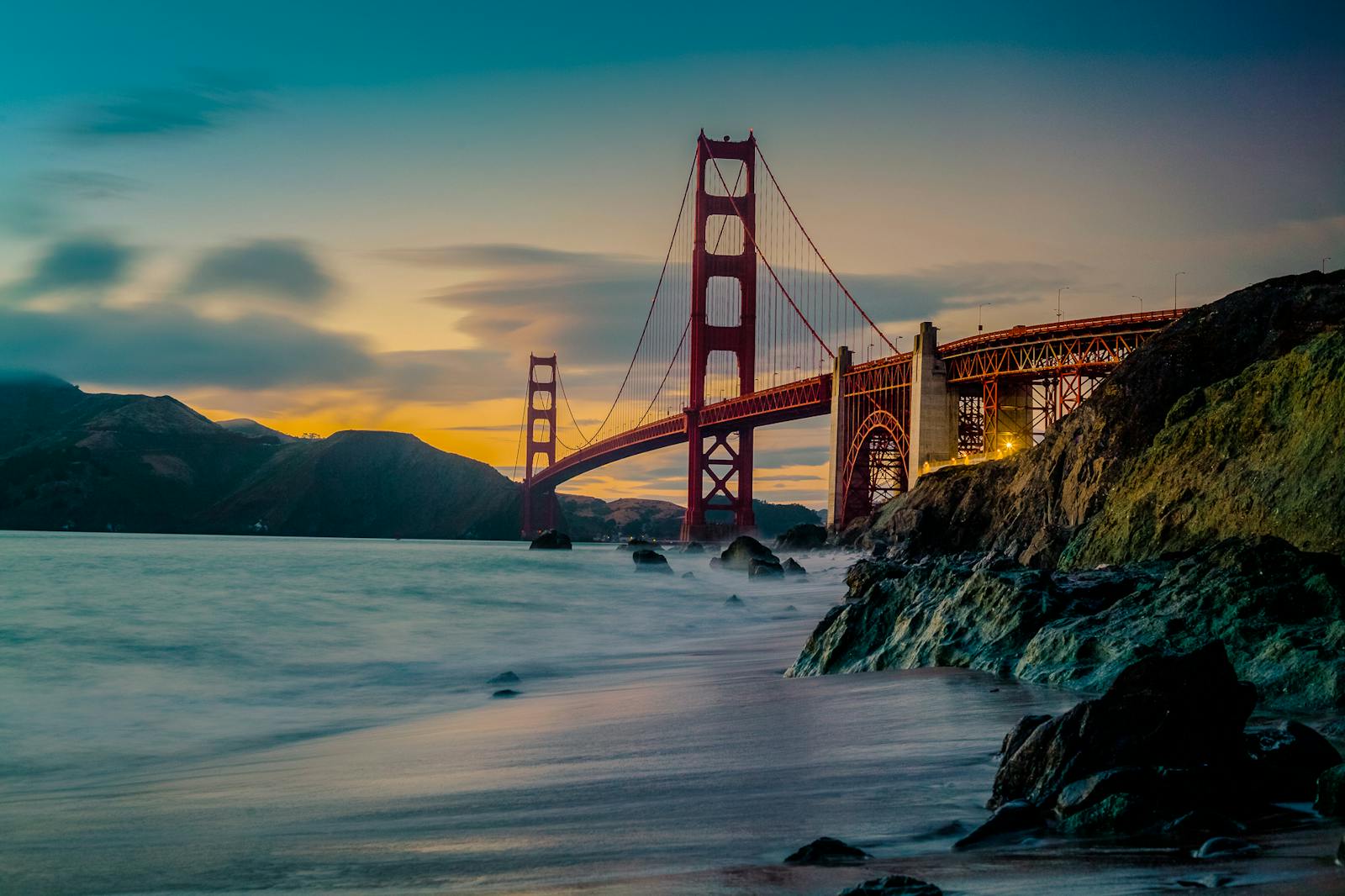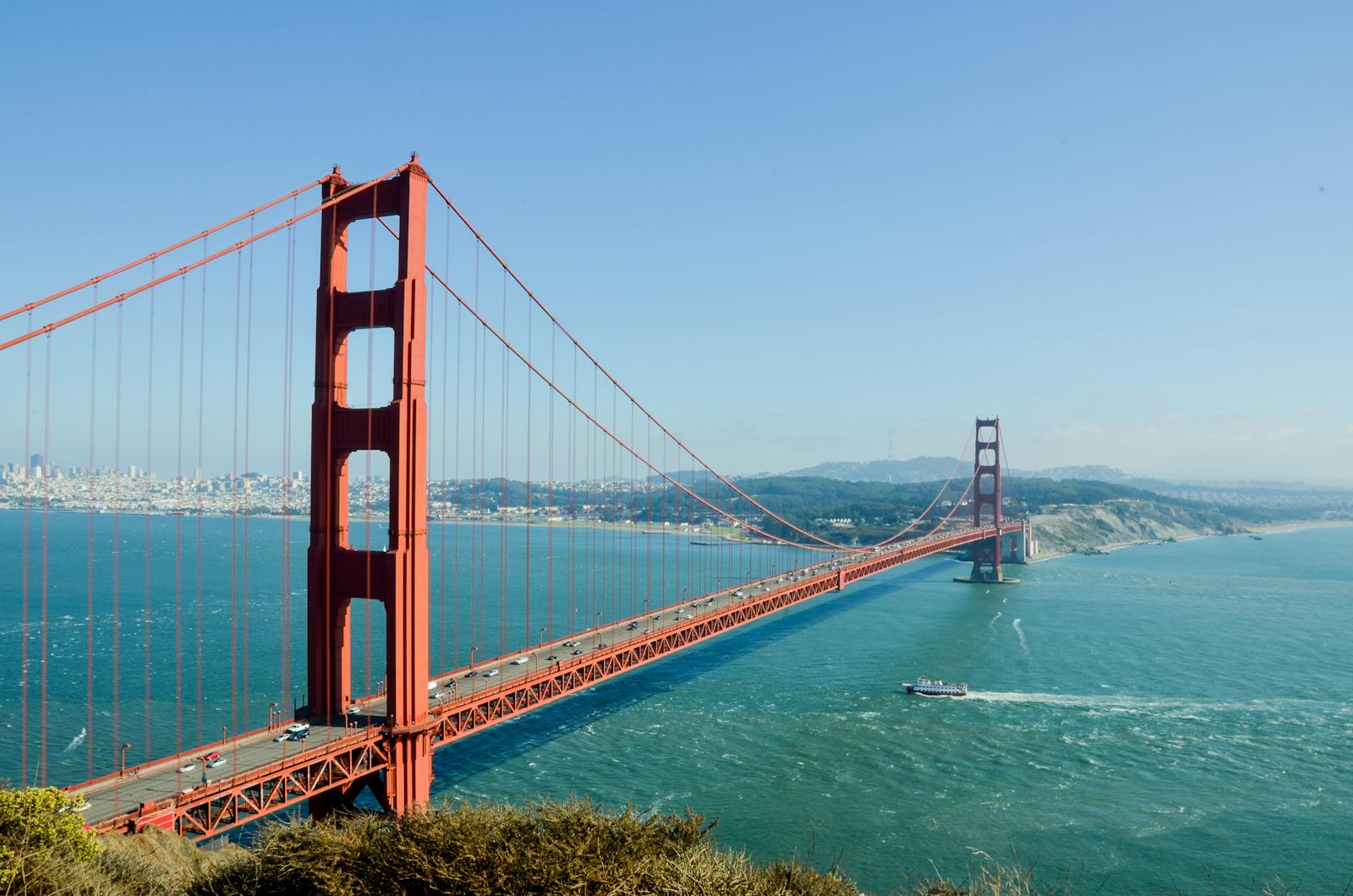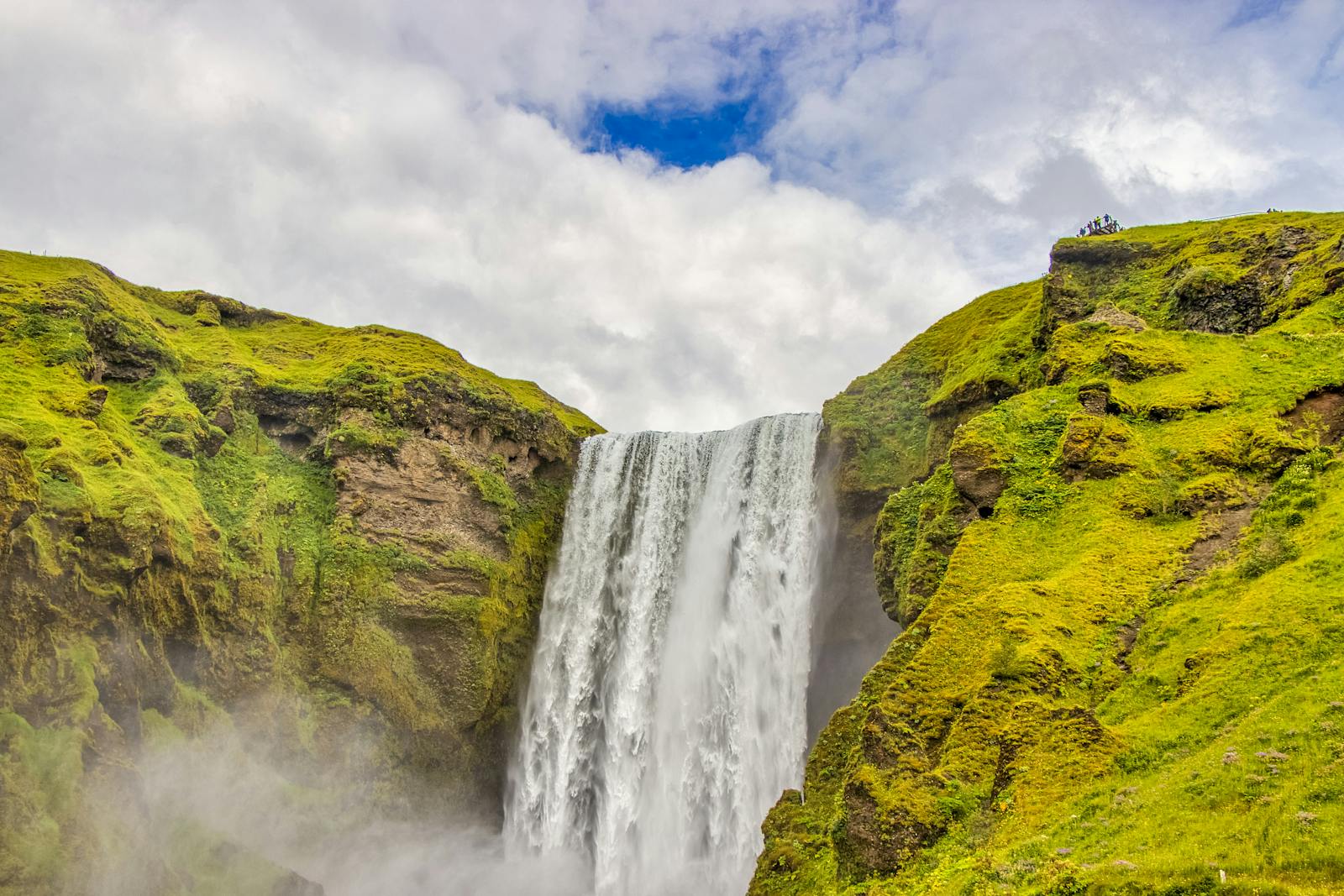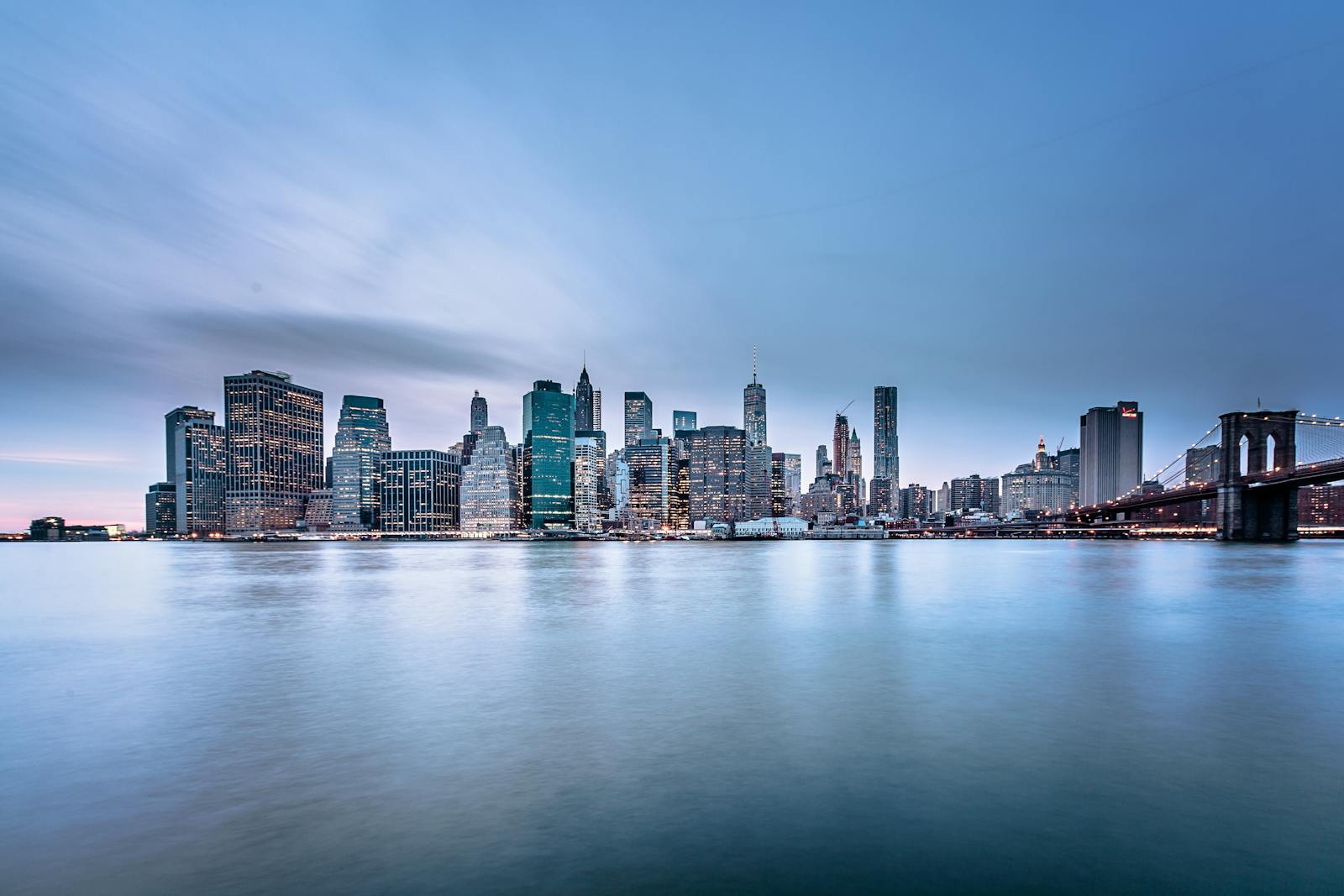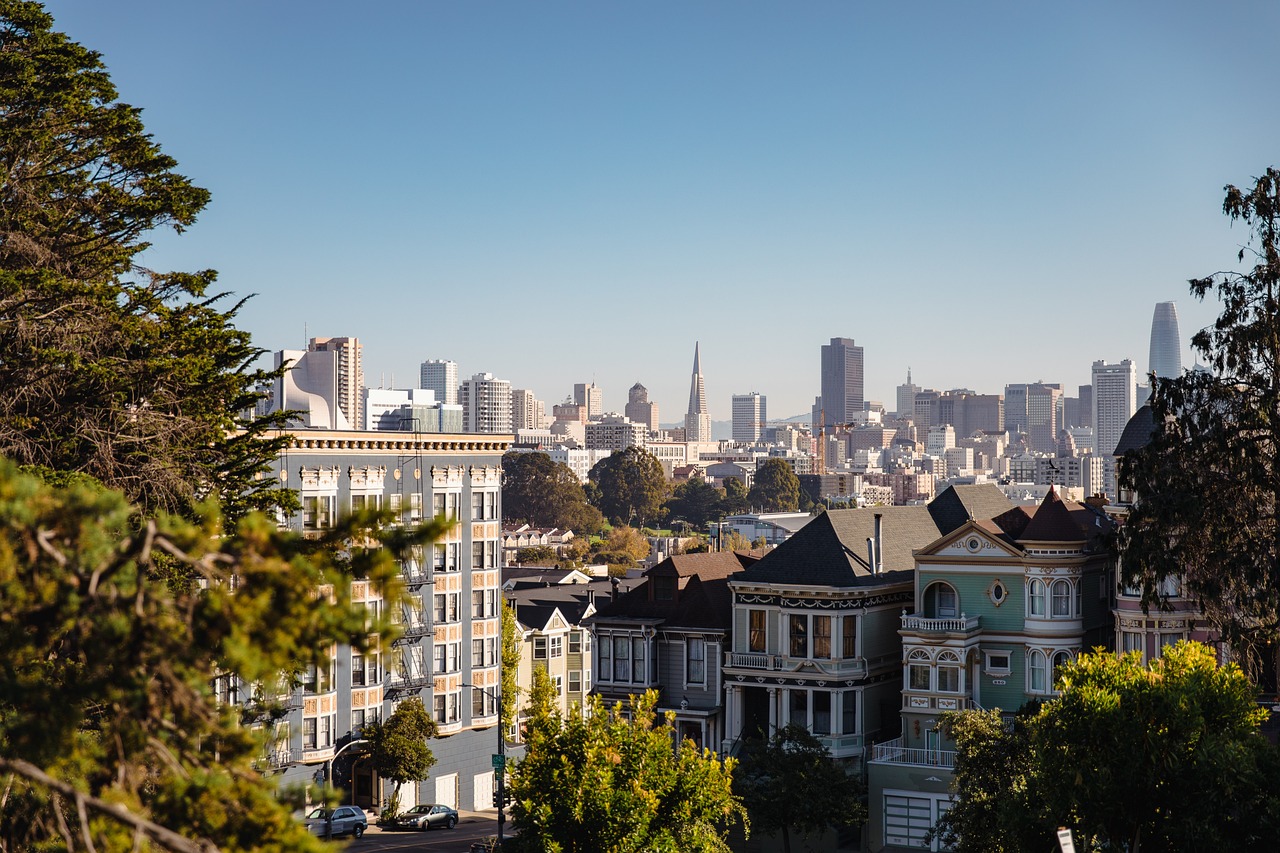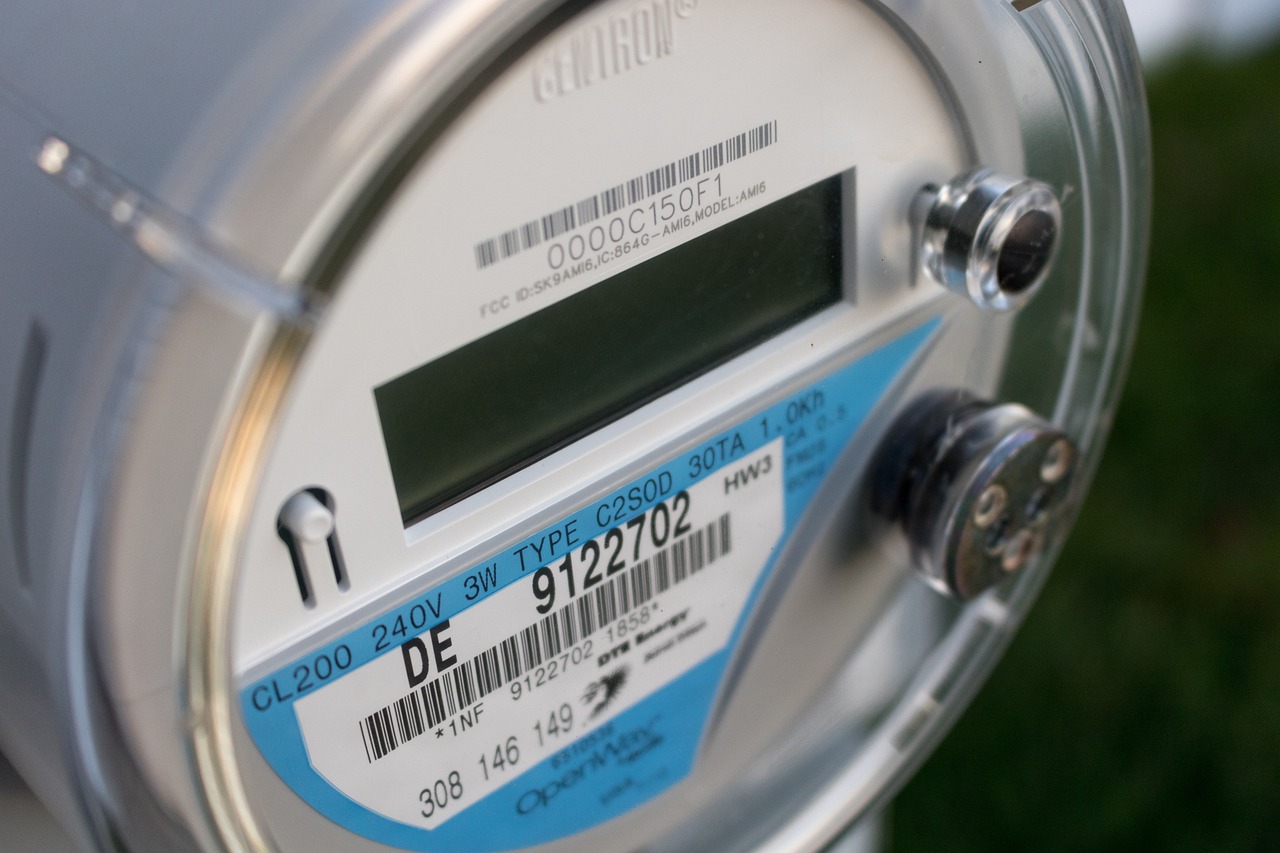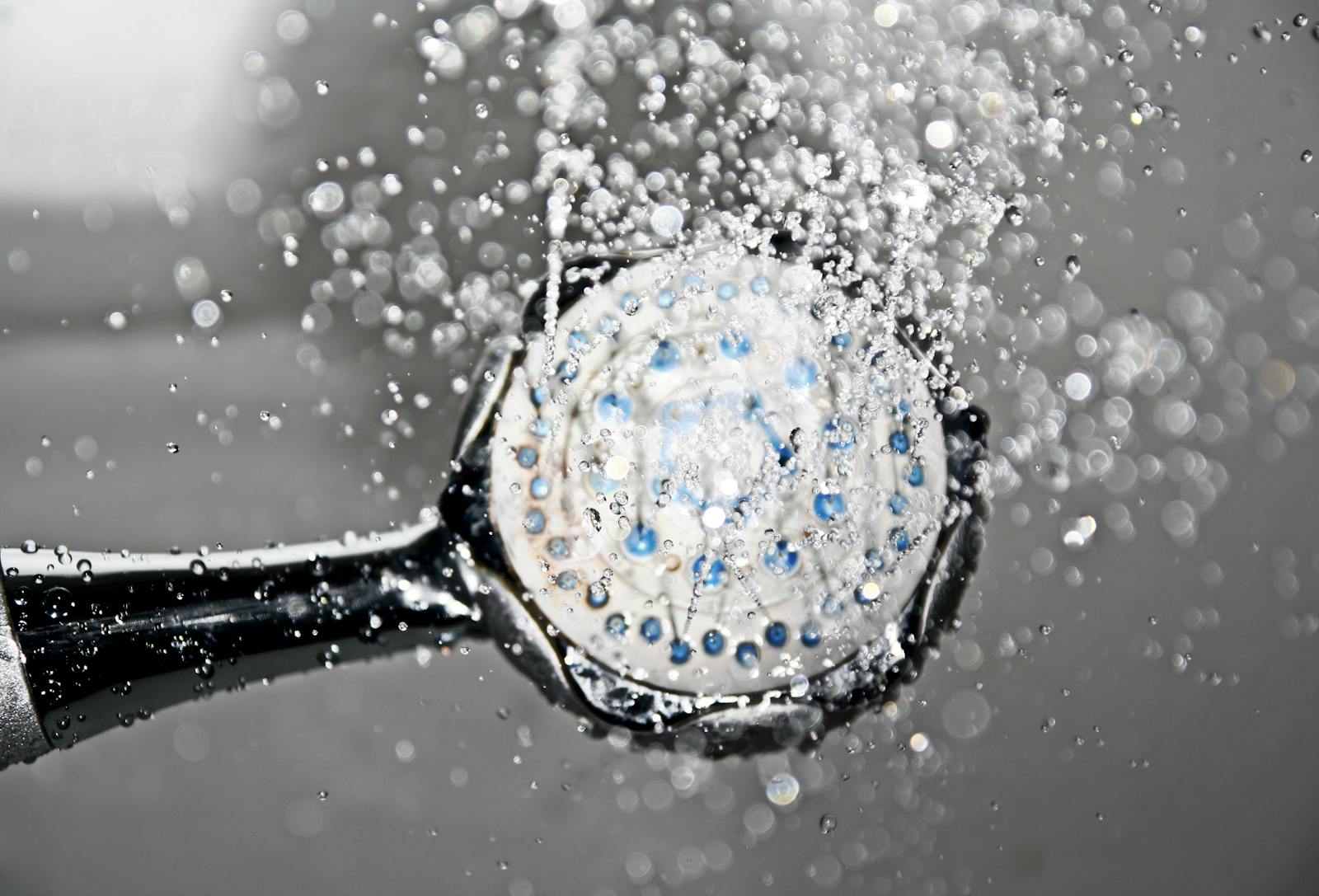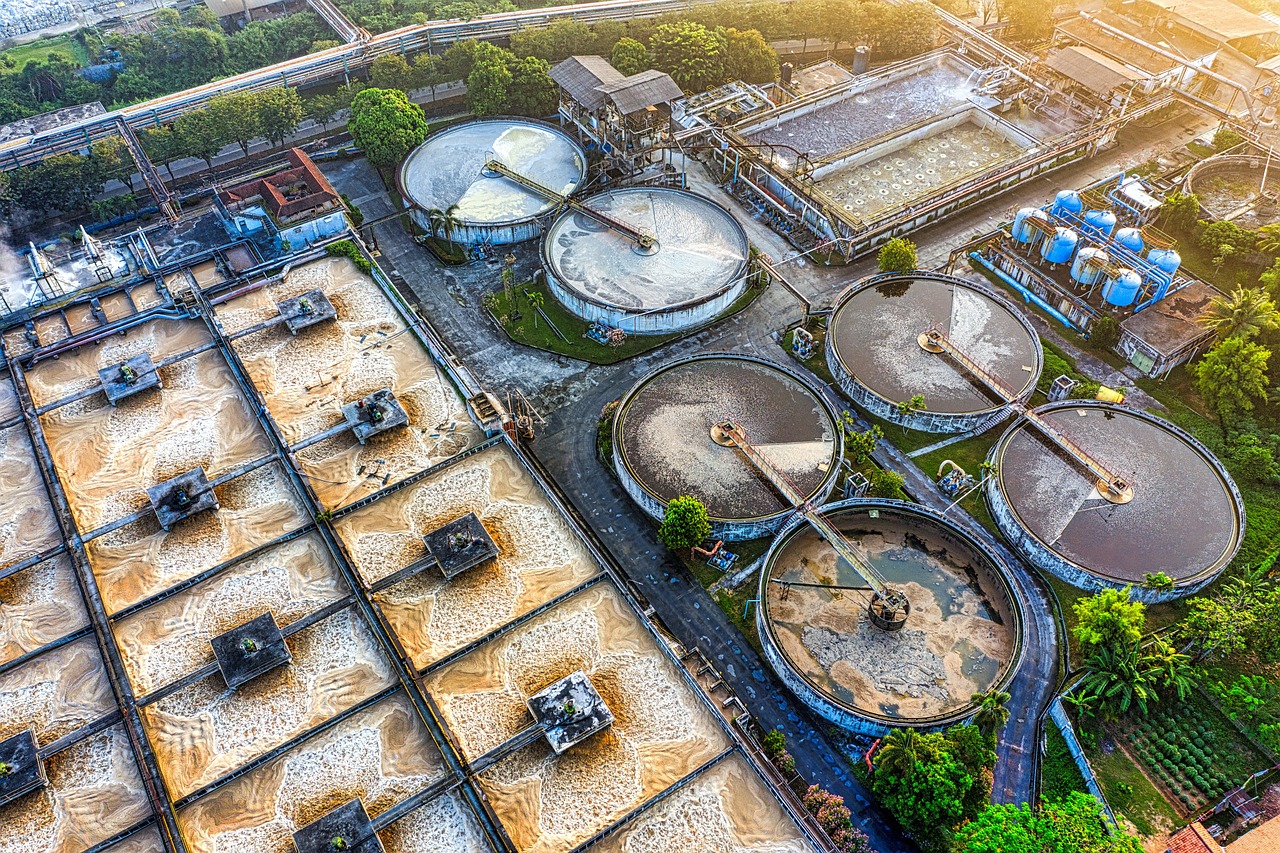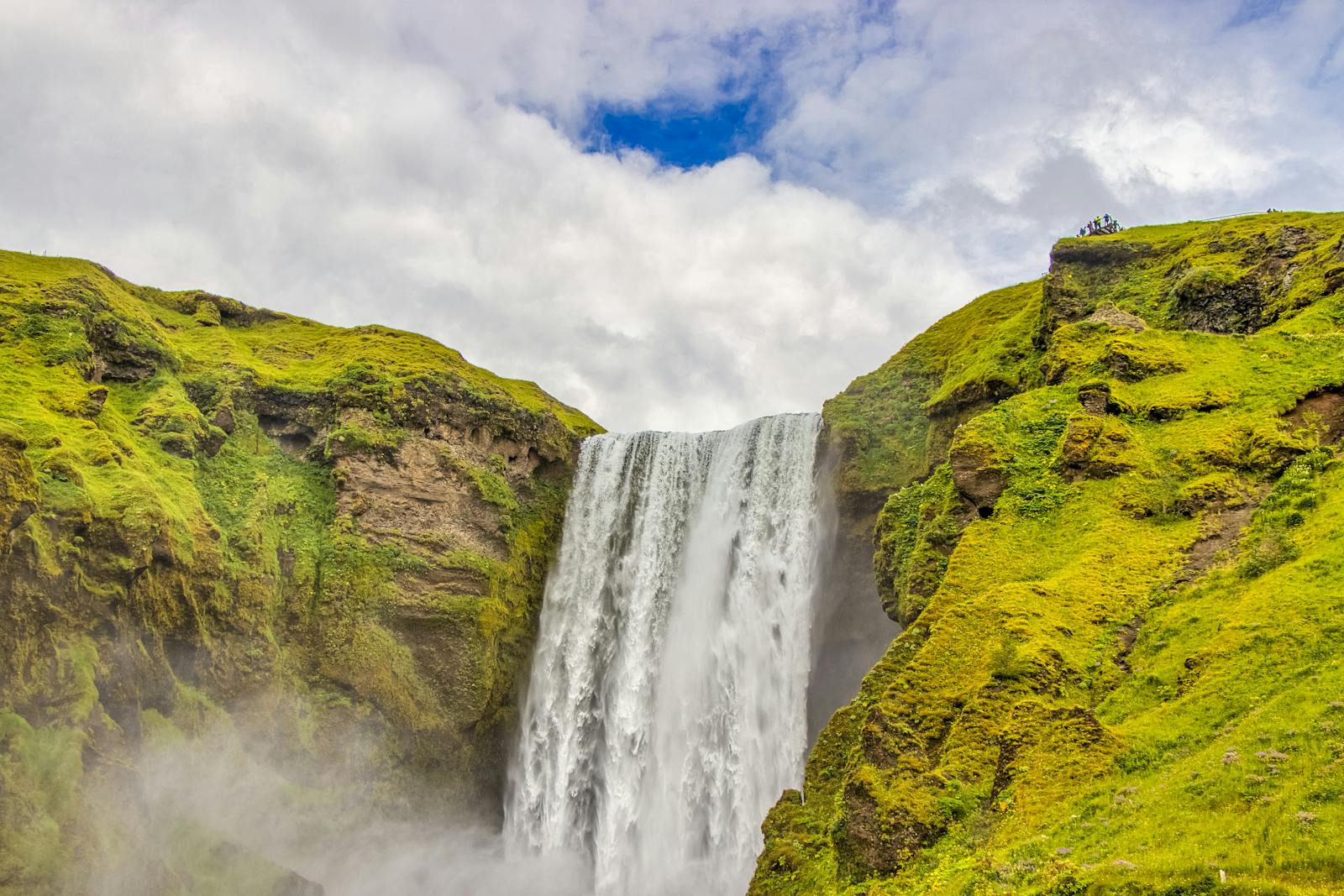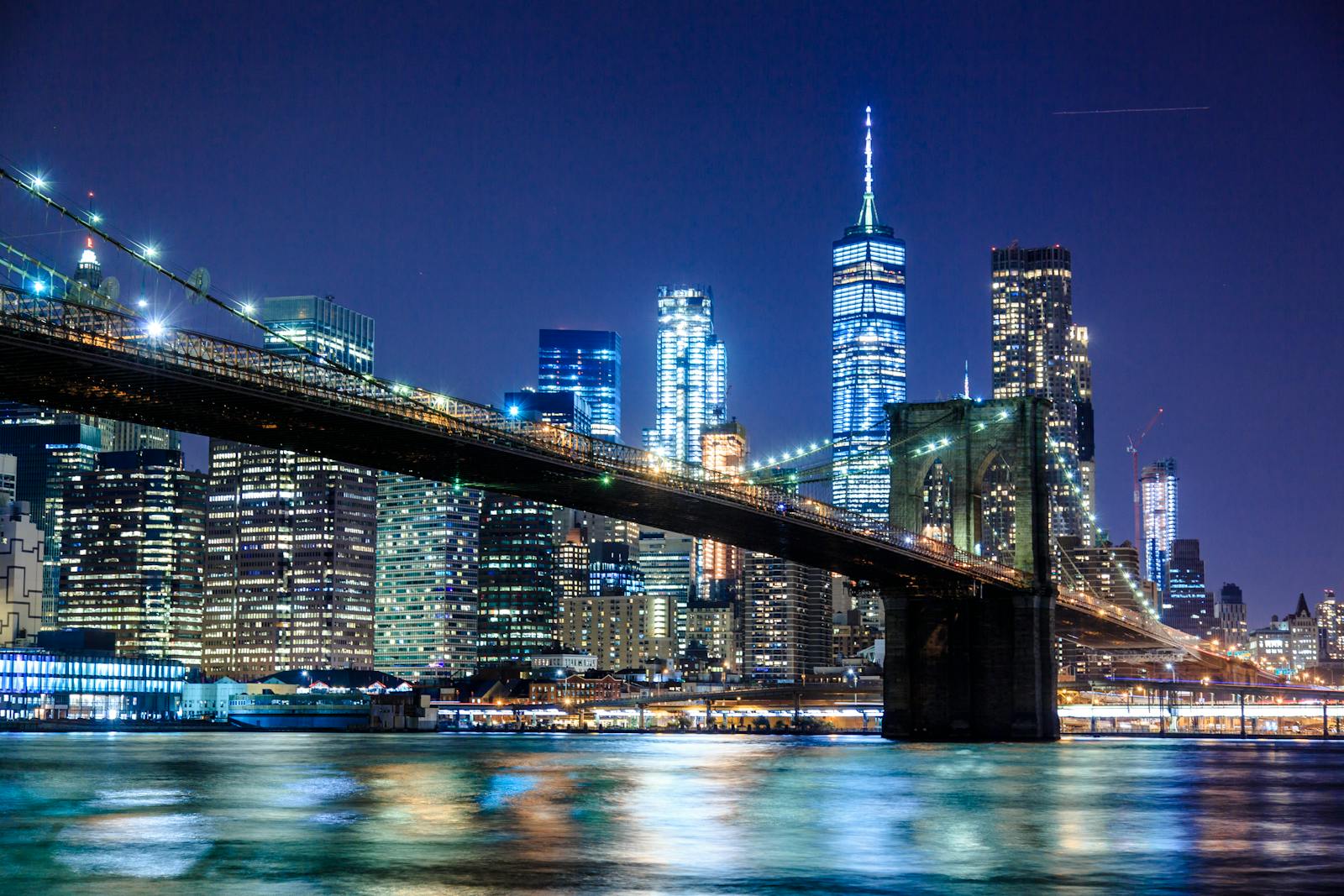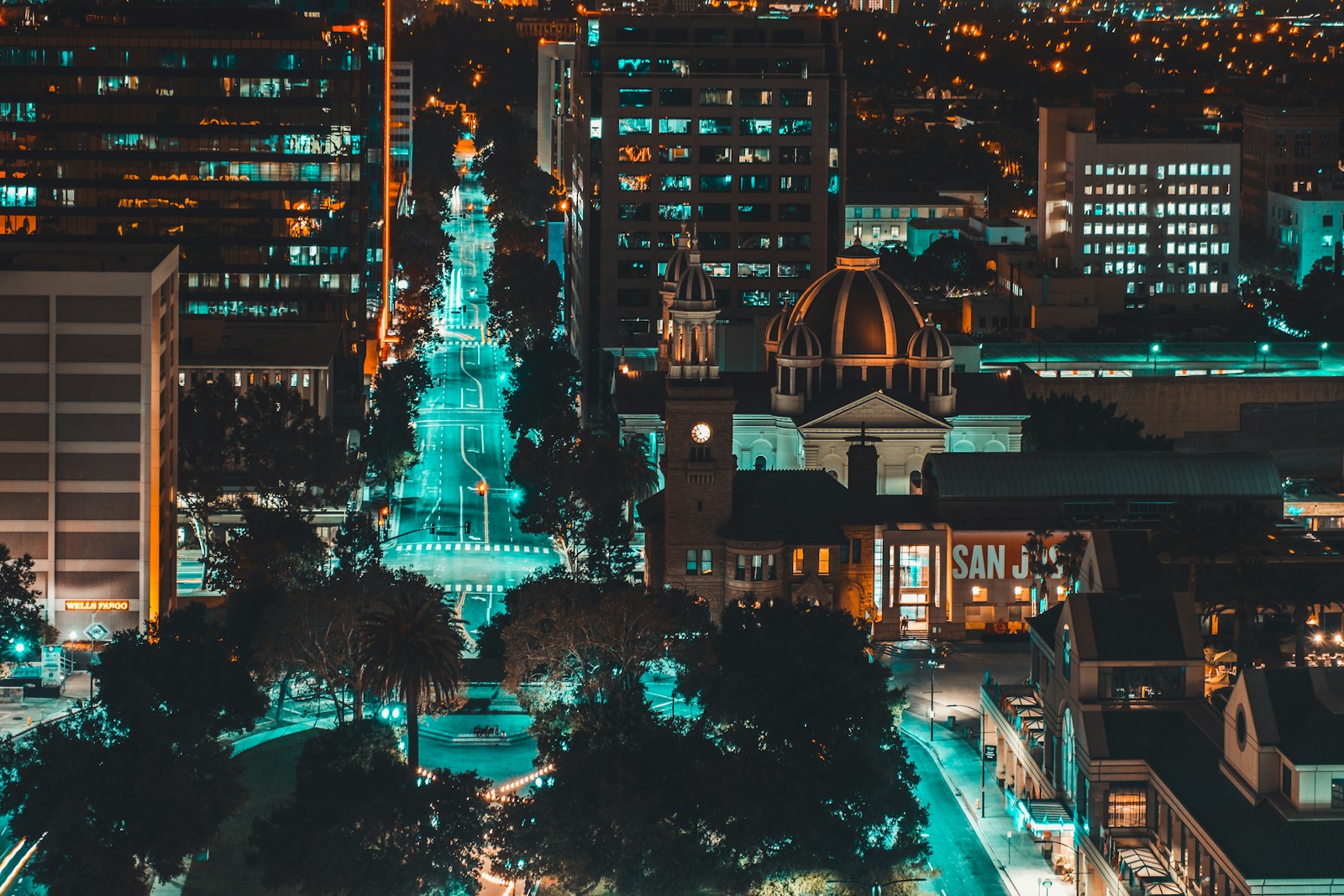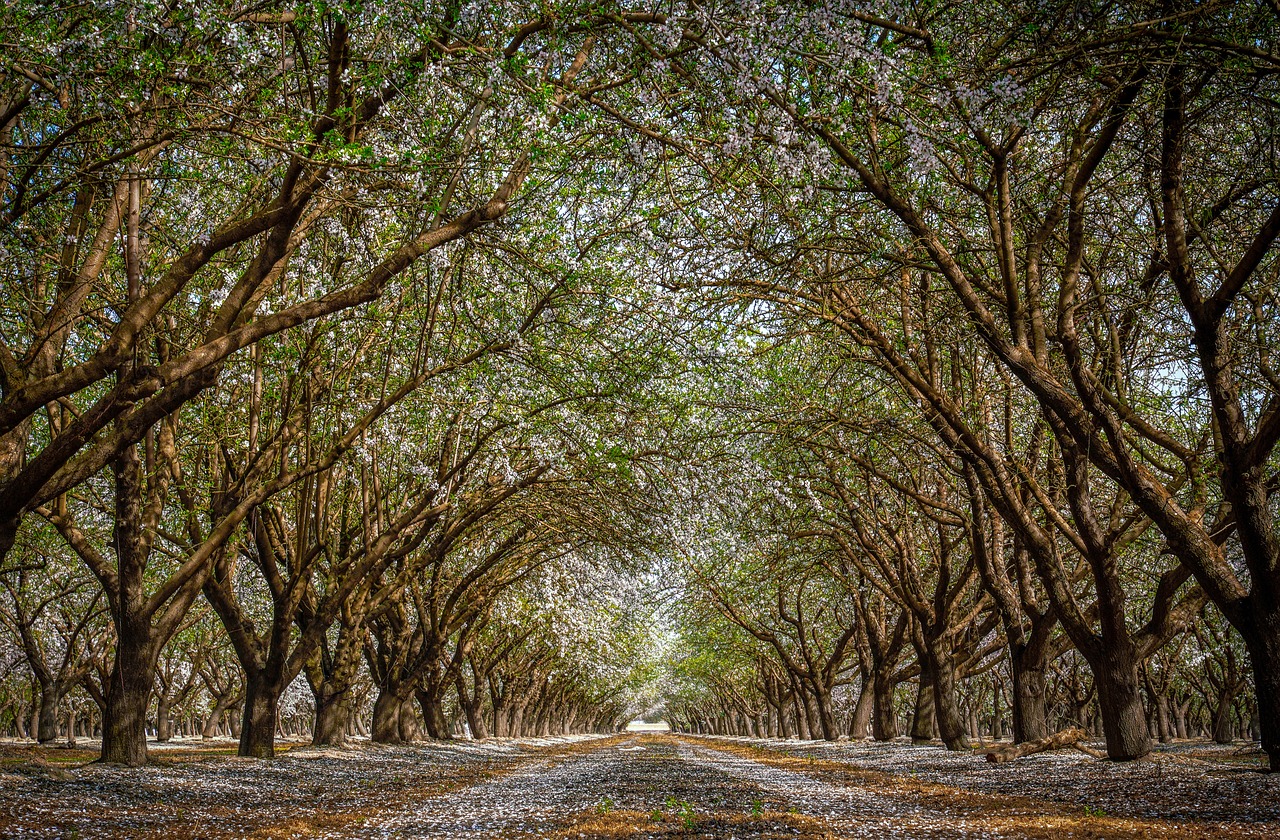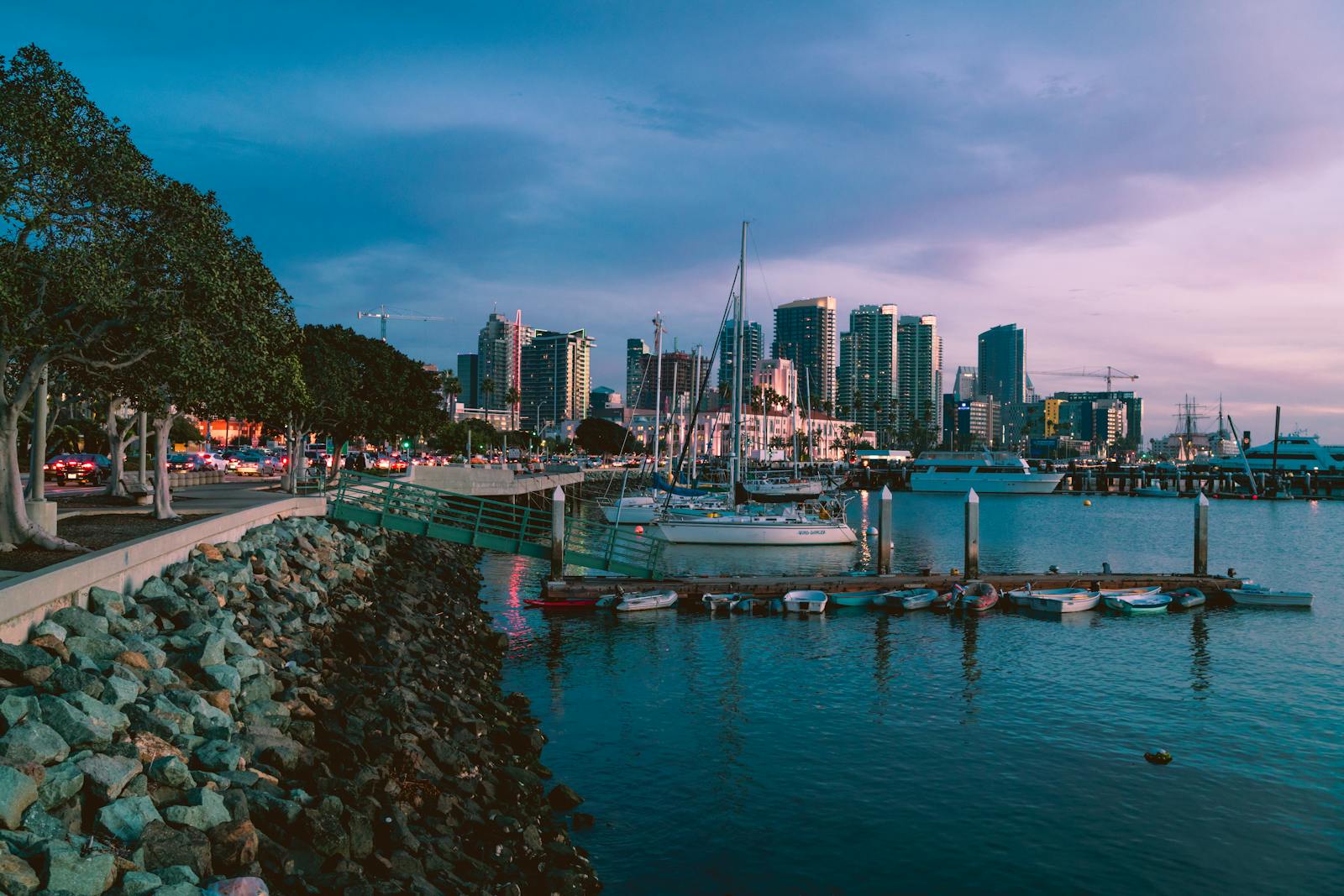San Fransisco Water Insights
San Fransisco Water Insights
San Fransisco Water Insights
✅ Overall Score
🏙️ Urban Planning Score
🌊 Flood Zones Management
📏 Water Levels
🏞️ Lakes and Reservoirs
🏖️ Beaches Score
🔧 Water Technologies
🏭 Desalination Plants
🌧️ Rain Capture Systems
🏞️ Rivers Score
🌊 Dams Score
🚰 Drainage Score
🌿 Sustainability Score
🌡️ Climate Vulnerability Score
💦 Water Quality Score
🌊 Water Flow Score
⚖️ Water Rights Score
🎣 Fishing Score
🚣 Recreation Score
☁️ Weather Patterns Score
🐟 Aquatic Life Score
🚢 Shipping and Ports Score
🏗️ Infrastructure Score
🌱 Native Flora Score
🦆 Wetlands Score
🏡 Residential Water Use
🏢 Commercial Water Use
🏥 Public Health Score
🗺️ Geographic Features Score
🛑 Water Restrictions Score
📊 Water Usage Statistics
🌐 Global Impact Score
📚 Educational Programs Score
🤝 Community Engagement
🏆 Awards and Recognition
📜 Historical Sites Score
🚨 Emergency Preparedness
🌈 Water Conservation Score
🛒 Water Market Score
🌍 Overview
San Francisco’s water management system, led by SFPUC, sources pristine drinking water from Hetch Hetchy Reservoir while integrating recycled water, stormwater management, and conservation programs. With climate challenges and drought risks, the city prioritizes efficiency, wastewater treatment, and sustainable infrastructure to ensure a resilient and clean water supply.
🌍 Continent
North America
🚩 Country
United States of America
👥 Population
Approximately 815,000 residents (U.S. Census Bureau)
💧 Water Management System
San Francisco’s water supply is managed by the San Francisco Public Utilities Commission (SFPUC), sourcing primarily from the Hetch Hetchy Reservoir, supplemented by local reservoirs and recycled water initiatives. (SFPUC)
🌊 Flood Zones
The city is vulnerable to coastal flooding and sea-level rise, with mitigation strategies in development. (SF Climate Action Plan)
📏 Water Levels
Regularly monitored by SFPUC to ensure stable water supply and quality. (SFPUC Water Quality Report)
✈️ Living & Working Remotely
🏞️ Lakes and Reservoirs
- Hetch Hetchy Reservoir – Main water supply source.
- Lake Merced – Supports groundwater recharge and recreation.
🏖️ Beaches
Popular beaches include Ocean Beach, Baker Beach, and Crissy Field, offering recreational activities and coastal access. Checkout CoolContrast
🔧 Water Technologies
San Francisco is a leader in water recycling and conservation technology, implementing on-site water reuse systems in buildings. (SFPUC Water Innovation)
🏭 Desalination Plants
No active desalination plants; the city focuses on rainwater capture and water recycling instead.
🌧️ Rain Capture Systems
Green infrastructure projects promote stormwater collection, rain gardens, and permeable pavement.
🏞️ Rivers
San Francisco is surrounded by the San Francisco Bay and the Pacific Ocean; no major rivers run through the city.
🌊 Dams
O’Shaughnessy Dam – Creates the Hetch Hetchy Reservoir, the primary drinking water source.
🚰 Drainage Systems
San Francisco operates a combined sewer system, treating stormwater and wastewater together to prevent pollution.
🌿 Sustainability Initiatives
- Water recycling expansion through purple pipe infrastructure.
- Green infrastructure projects for water conservation and stormwater management.
- Zero Waste goal by 2030, reducing overall resource consumption.
🌡️ Climate Vulnerability
The city faces risks from sea-level rise, extreme heat, and reduced freshwater availability. (SF Climate Action Plan)
💦 Water Quality Index
San Francisco’s tap water is ranked among the cleanest in the U.S., exceeding EPA standards. (SFPUC Water Quality) Go to Tap Water to learn more.
🌊 Water Flow Rate
Flow rates are regulated to support conservation and environmental balance.
⚖️ Water Rights and Regulations
Managed under California State Water Law, ensuring equitable distribution and environmental protection.
🎣 Fishing Conditions
The San Francisco Bay supports commercial and recreational fishing, with sustainable fishing regulations in place.
🚣 Recreational Water Activities
Kayaking, windsurfing, sailing, and paddleboarding are popular along the Bay.
☁️ Weather Patterns
Mild, foggy summers and wet winters, with average annual rainfall around 23 inches.
🐠 Aquatic Life
The Bay is home to diverse marine species, including salmon, seals, and native shellfish.
🚢 Shipping and Ports
The Port of San Francisco is a major hub for trade, tourism, and the cruise industry. (Port of SF)
🏗️ Water Infrastructure
Includes reservoirs, pipelines, pumping stations, and treatment plants to ensure a safe and resilient water supply.
🌱 Native Flora
Features coastal scrub, redwood forests, and drought-resistant plants, adapted to Mediterranean climate conditions.
🦆 Wetlands
Wetland restoration projects, such as those in the Don Edwards National Wildlife Refuge, support biodiversity.
🏡 Residential Water Usage
SFPUC promotes low-flow fixtures and water conservation rebates for homeowners.
🏢 Commercial Water Usage
Businesses are required to implement water-efficient practices, including mandatory water reuse in large developments.
🏥 Public Health and Water
San Francisco maintains strict water quality monitoring to prevent contaminants and ensure public safety. (SF Department of Public Health)
🗺️ Geographic Features
Hilly terrain, coastal cliffs, and bayfront areas, shaped by tectonic activity and oceanic influences.
🛑 Water Restrictions
Enforced during drought periods to manage water scarcity and sustainability.
📊 Water Usage Statistics
Per capita water use is one of the lowest in California, due to strong conservation efforts. (SFPUC Data)
🌐 Impact on Global Water
San Francisco’s sustainable water policies serve as a model for other cities worldwide.
📚 Water Education Programs
SFPUC runs school programs and workshops to educate the public on water conservation and sustainability.
🤝 Community Engagement in Water Conservation
The city encourages residents to participate in rebate programs, public planning meetings, and volunteer conservation efforts.
🏆 Awards and Recognition for Water Stewardship
Recognized for sustainability leadership and innovative water reuse programs.
📜 Historical Water Sites
- Hetch Hetchy Reservoir – A historic and controversial water project that continues to supply the city.
- Old SF Waterworks – Key part of the city’s early infrastructure development.
🚨 Emergency Water Preparedness
SFPUC has resilience plans, backup water supply strategies, and emergency response systems for natural disasters.
🌈 Water Conservation Efforts
San Francisco leads in water-saving policies, wastewater recycling, and rain capture technologies.
🛒 Water Market and Economy
Water pricing structures reflect scarcity, conservation incentives, and equitable distribution.
💼 Economic Impact of Water
Reliable water supply supports businesses, technology, and environmental industries in the Bay Area.
Community and Education in Water Management – San Francisco, CA
San Francisco has a strong community-driven approach to water conservation and education, ensuring residents and businesses understand the importance of sustainable water use, quality monitoring, and environmental stewardship. The city, led by the San Francisco Public Utilities Commission (SFPUC), provides educational programs, public outreach, and incentives to encourage responsible water management.
💧 Water Education Programs
San Francisco offers comprehensive water education through:
- SFPUC’s Water Conservation Education Program – Provides schools and the public with resources on water efficiency, conservation, and sustainability.
- Classroom & Community Workshops – Students learn about water cycles, treatment processes, and conservation strategies.
- Annual Water Quality Reports – Residents receive detailed reports on tap water safety, contaminants, and treatment methods (SFPUC Water Quality).
🏡 Community Engagement & Public Outreach
San Francisco actively involves residents, businesses, and local organizations in its water conservation efforts:
- Think Blue SF – A city-wide initiative promoting stormwater management, pollution prevention, and green infrastructure.
- Water Conservation Rebates – Residents receive financial incentives for installing low-flow toilets, rain barrels, and water-efficient landscaping.
- Community Volunteer Programs – Events like beach cleanups and wetland restoration projects encourage civic participation.
🔬 Research & Innovation for Water Sustainability
San Francisco collaborates with universities, environmental organizations, and businesses to develop:
- New water filtration and recycling technologies to reduce reliance on traditional sources.
- Climate resilience research to prepare for drought and sea-level rise impacts on local water supplies.
- Sustainable urban planning that integrates rainwater harvesting and green infrastructure into new developments.
🌍 A Model for Water Education & Community Engagement
San Francisco is nationally recognized for its community-driven water conservation programs and innovative education efforts. By investing in public outreach, sustainable practices, and future-ready solutions, the city ensures that its residents, businesses, and future generations are equipped to manage water responsibly.
Urban Planning & Water Management in San Francisco, CA
San Francisco’s urban planning integrates sustainable water management, ensuring efficient water use, stormwater control, and climate resilience. The city’s compact, high-density layout presents unique challenges, but through smart infrastructure, green development, and long-term planning, San Francisco prioritizes water conservation, flood prevention, and sustainable growth.
🏙️ Smart Water Infrastructure in Urban Development
San Francisco’s urban planning includes water-efficient infrastructure to support its growing population while minimizing environmental impact:
- Advanced Water Recycling – New developments must implement on-site water reuse systems to reduce potable water demand.
- Smart Water Meters & Leak Detection – The city uses real-time monitoring to improve efficiency and reduce waste.
- Green Roofs & Rain Gardens – Increasingly integrated into urban design to capture and filter stormwater runoff.
🚰 Stormwater & Drainage Management
San Francisco operates a combined sewer system, treating stormwater and wastewater together to prevent pollution in the San Francisco Bay.
- Low-Impact Development (LID) – Regulations require permeable pavement, bioswales, and green spaces to reduce runoff and improve water absorption.
- Flood Resilience Planning – With rising sea levels, urban planners are reinforcing seawalls, drainage systems, and stormwater retention projects.
- Think Blue SF Initiative – A program focused on improving stormwater infrastructure and pollution prevention (Think Blue SF).
🌍 Climate Resilience & Sustainable Growth
With climate change posing drought and flooding risks, urban planning efforts include:
- Drought-Resistant Landscaping Ordinances – Mandates for native, low-water plants in public and private spaces.
- Sea-Level Rise Adaptation Strategy – The city is fortifying waterfront areas, underground infrastructure, and wastewater treatment plants.
- Energy-Efficient Water Treatment – New facilities incorporate solar power and energy recovery systems to reduce carbon footprint.
🚀 The Future of Water-Smart Urban Planning
San Francisco is leading the way in water-conscious urban development, ensuring that water conservation, stormwater management, and climate adaptation remain central to the city’s growth. By integrating sustainable solutions into planning and construction, the city is building a resilient, water-secure future.
Sustainability & Water Conservation in San Francisco, CA
San Francisco is a leader in water sustainability and conservation, implementing progressive policies, advanced recycling systems, and community-driven initiatives to ensure a resilient water future. Faced with drought risks, climate change, and increasing demand, the city prioritizes efficient water use, innovative conservation programs, and long-term resource management.
💧 Water Conservation Programs
San Francisco has one of the lowest per capita water consumption rates in California, thanks to strict conservation measures:
- Water-Efficient Building Codes – New developments must include low-flow fixtures, water reuse systems, and drought-tolerant landscaping.
- Smart Water Meters – Real-time monitoring helps residents and businesses track and reduce usage.
- Tiered Water Pricing – Higher rates for excessive water use encourage conservation.
🔁 Recycled & Alternative Water Sources
The city is expanding its water recycling efforts to reduce reliance on traditional water sources:
- On-Site Water Reuse Systems – Many commercial buildings must capture, treat, and reuse greywater for non-potable purposes.
- Purple Pipe Infrastructure – Expanding the recycled water network for irrigation, cooling, and industrial use.
- Rainwater Harvesting Incentives – Rebates for rain barrels and cisterns to encourage stormwater collection.
🌍 Climate Resilience & Sustainability Initiatives
To combat drought and climate change, San Francisco has implemented:
- Drought Resilience Plans – Water restrictions and emergency reserves ensure water security during dry periods.
- Seawater & Stormwater Management – Advanced drainage systems and sea-level rise adaptation projects protect critical infrastructure.
- Green Infrastructure Expansion – Investments in bioswales, permeable pavement, and urban wetlands improve water retention and filtration.
📢 Public Awareness & Community Engagement
San Francisco actively involves residents and businesses in sustainability efforts:
- Think Blue SF Campaign – Educates the public on stormwater pollution prevention and sustainable practices (Think Blue SF).
- Water Conservation Rebates – Incentives for water-efficient appliances, drought-resistant landscaping, and irrigation upgrades.
- School & Community Programs – Workshops and outreach ensure that future generations understand water sustainability.
🚀 Leading the Way in Water Sustainability
San Francisco’s commitment to water conservation, recycling, and climate adaptation positions it as a model city for sustainable water management. By integrating innovation, policy, and community action, San Francisco is ensuring a secure and efficient water future for generations to come.
Public Health & Water Management in San Francisco, CA
San Francisco maintains one of the safest and cleanest drinking water supplies in the U.S., ensuring public health through advanced filtration, rigorous testing, and sustainable management. Overseen by the San Francisco Public Utilities Commission (SFPUC), the city’s water undergoes continuous monitoring and strict regulatory compliance to protect residents from contaminants, waterborne diseases, and environmental pollutants.
💧 High-Quality Drinking Water Standards
San Francisco’s tap water comes primarily from Hetch Hetchy Reservoir, known for its pristine quality and minimal treatment needs. The city meets or exceeds EPA and California State Water Board regulations, ensuring:
✔ 99.99% pathogen-free water through multi-stage treatment
✔ Regular testing for lead, chlorine, and contaminants
✔ Publicly available annual water quality reports (SFPUC Water Quality Reports)
🦠 Contaminant Control & Water Safety
SFPUC rigorously monitors for harmful substances to protect public health:
- Heavy Metals – Ensures lead, arsenic, and mercury levels remain far below federal limits.
- Chlorine & Disinfection Byproducts – Carefully managed to balance disinfection and taste quality.
- Microbial Safety – Continuous testing ensures water is free from harmful bacteria and viruses.
Additionally, SFPUC has Lead Service Line Replacement Programs to ensure older infrastructure doesn’t compromise water safety.
🏥 Wastewater Treatment & Public Health Protection
San Francisco operates a combined sewer system, treating both wastewater and stormwater to prevent contamination of the San Francisco Bay:
- Advanced wastewater treatment plants remove pollutants before discharge.
- Stormwater filtration systems reduce urban runoff contamination.
- Emergency preparedness measures ensure water safety during flooding or natural disasters.
🚰 Public Health Initiatives & Community Education
The city actively engages residents in public health-focused water programs, including:
- Public Drinking Fountains & Refill Stations to reduce plastic bottle use.
- Educational Campaigns on waterborne illnesses, conservation, and filtration.
- Fluoridation Programs to support dental health in alignment with CDC recommendations.
🔍 Ensuring Safe & Sustainable Water for the Future
San Francisco’s integrated approach to water management, sustainability, and public health ensures that clean, safe drinking water remains accessible to all residents. Through continuous investment in infrastructure, emergency preparedness, and health-focused programs, the city remains a national leader in water safety and quality.
Infrastructure & Technology in San Francisco’s Water Management
San Francisco’s water infrastructure is among the most advanced and sustainable in the U.S., integrating cutting-edge technology, smart monitoring, and resilient systems to ensure safe drinking water, wastewater treatment, and climate adaptation. Managed by the San Francisco Public Utilities Commission (SFPUC), the city continuously invests in modernizing its pipelines, treatment plants, and stormwater systems to meet the demands of a growing urban population.
🏗️ Key Water Infrastructure Systems
🔹 Hetch Hetchy Water System – The city’s primary water source, delivering high-quality, gravity-fed drinking water with minimal treatment.
🔹 Regional Water Pipelines & Distribution System – A 167-mile pipeline network transports water to 2.7 million Bay Area residents.
🔹 Wastewater Treatment Facilities – Two major plants treat and recycle wastewater to prevent pollution in San Francisco Bay.
🔹 Stormwater & Drainage System – A combined sewer system processes both stormwater and wastewater, reducing environmental contamination.
🔧 Smart Water Technology & Innovations
San Francisco leverages advanced technology to optimize water efficiency, conservation, and real-time monitoring:
💡 Smart Water Meters – Detect leaks, track usage, and improve conservation efforts for residents and businesses.
💡 SCADA Systems – Supervisory Control and Data Acquisition (SCADA) monitors water flow, pressure, and quality in real-time.
💡 AI & Predictive Analytics – Used to forecast water demand, optimize treatment processes, and detect infrastructure failures.
💡 Automated Leak Detection – Acoustic sensors identify underground leaks before they cause major disruptions.
💡 Green Infrastructure – Bioswales, permeable pavement, and rain gardens help reduce stormwater runoff.
🌍 Sustainable & Climate-Resilient Water Systems
To adapt to climate change and sea-level rise, San Francisco is investing in:
✔ Seawall upgrades to protect against coastal flooding.
✔ Drought-resilient infrastructure, including expanded water recycling and rainwater harvesting.
✔ Solar-powered water treatment plants to reduce reliance on fossil fuels.
🚀 The Future of San Francisco’s Water Infrastructure
San Francisco is leading the way in sustainable water management, ensuring its infrastructure remains efficient, resilient, and environmentally friendly. Through continuous investment in smart technology, conservation efforts, and climate adaptation, the city is building a water-secure future for generations to come.
Water Management System in San Francisco, CA
San Francisco’s water management system is one of the most advanced and sustainable in the U.S., ensuring safe drinking water, wastewater treatment, stormwater control, and conservation efforts. Overseen by the San Francisco Public Utilities Commission (SFPUC), the system integrates pristine water sources, smart technology, and climate resilience strategies to support the city’s growing population while protecting natural resources.
💧 Water Supply & Distribution
San Francisco’s drinking water primarily comes from the Hetch Hetchy Reservoir, known for its exceptional purity and minimal treatment needs. The system also includes:
✔ Additional Surface Water Sources – Crystal Springs, San Andreas, and Pilarcitos Reservoirs supplement supply.
✔ Groundwater & Recycled Water – Expanding efforts to reduce dependency on a single source.
✔ 167-Mile Pipeline Network – Delivers water to San Francisco and Bay Area communities.
🏭 Wastewater & Stormwater Management
San Francisco operates a combined sewer system, one of the few in the U.S., where stormwater and wastewater are treated together to prevent pollution in the San Francisco Bay and Pacific Ocean. Key components include:
✔ Advanced Wastewater Treatment Plants – Southeast and Oceanside plants treat millions of gallons daily.
✔ Green Stormwater Infrastructure – Bioswales, permeable pavement, and rain gardens reduce runoff and flooding risks.
✔ Coastal Flooding & Sea-Level Rise Adaptation – Long-term strategies to protect water infrastructure from climate change.
🔬 Water Quality & Conservation Initiatives
SFPUC ensures high water quality through:
✔ Strict Monitoring & Compliance – The city meets or exceeds EPA and state safety regulations.
✔ Water Recycling & Reuse – Expanding on-site water reuse and “purple pipe” infrastructure.
✔ Smart Water Meters & Leak Detection – Real-time data helps reduce water waste and improve efficiency.
🌍 Sustainable & Resilient Water Management
✔ Drought-Resilient Planning – San Francisco implements water-saving policies, tiered pricing, and conservation programs.
✔ Emergency Preparedness – The city maintains backup water sources and infrastructure reinforcements to prevent service disruptions.
✔ Public Engagement & Education – SFPUC offers community programs, rebates, and school outreach to encourage sustainable water use.
🚀 A Future-Ready Water System
San Francisco’s integrated, technology-driven, and climate-resilient water management system ensures long-term sustainability, efficiency, and reliability. Through innovation, conservation, and strategic planning, the city remains a leader in urban water management.
Water Resource Availability in San Francisco, CA
San Francisco’s water resource availability is carefully managed to ensure long-term sustainability and resilience in the face of drought, climate change, and population growth. The city’s primary water source, the Hetch Hetchy Reservoir, provides some of the cleanest drinking water in the U.S., while additional surface water, recycled water, and conservation programs help diversify supply and reduce reliance on a single source.
💧 Primary Water Sources
1️⃣ Hetch Hetchy Reservoir (Primary Source – 85%)
- Located in Yosemite National Park, Hetch Hetchy provides gravity-fed, high-quality water with minimal treatment.
- Supplies San Francisco and over 2.7 million people in the Bay Area.
2️⃣ Local Reservoirs & Surface Water (10%)
- Crystal Springs, San Andreas, and Pilarcitos Reservoirs supplement supply.
- Managed by SFPUC for seasonal and emergency storage.
3️⃣ Groundwater (Limited Use – <5%)
- The San Francisco Groundwater Supply Project integrates blended groundwater into the drinking water system to diversify sources.
4️⃣ Recycled & Alternative Water Sources (Expanding)
- The city is investing in purple pipe systems, on-site water reuse, and desalination research to expand non-potable water use.
- Rainwater harvesting and stormwater capture are being integrated into new developments.
🌊 Challenges to Water Availability
🚰 Drought & Climate Variability – Extended dry periods reduce reservoir levels, increasing the need for conservation and alternative sources.
🌡️ Climate Change & Sea-Level Rise – Warmer temperatures impact snowpack levels, reducing long-term water availability.
🏙️ Urban Demand Growth – Population increases put pressure on existing water infrastructure, requiring efficiency improvements.
🌾 Competing Agricultural & Industrial Water Use – Regional water-sharing agreements impact how much water is allocated to urban vs. agricultural use.
🔁 Strategies for Sustainable Water Management
✔ Water Recycling & Reuse Expansion – Increasing non-potable water use for irrigation, cooling, and industrial applications.
✔ Drought-Resistant Policies & Smart Metering – Encouraging water conservation, tiered pricing, and real-time tracking of usage.
✔ Groundwater & Stormwater Capture Investments – Developing alternative sources to improve resilience during dry years.
✔ Public Education & Incentives – Rebate programs for low-flow appliances, drought-resistant landscaping, and rainwater harvesting.
🚀 Ensuring a Resilient Water Future
San Francisco’s multi-source water strategy and forward-thinking conservation policies help secure long-term water availability. By investing in recycling, efficiency, and alternative water sources, the city continues to build a sustainable, climate-resilient water system for future generations.
Environmental Impact of Water Management in San Francisco, CA
San Francisco’s water management practices have significant environmental implications, both positive and challenging. The city prioritizes sustainability, conservation, and pollution prevention to protect water sources, ecosystems, and public health. However, issues such as urban runoff, wastewater discharge, and climate change-related risks require continuous innovation and investment in eco-friendly solutions.
🌿 Positive Environmental Contributions
✔ Water Conservation & Efficient Use – San Francisco has one of the lowest per capita water consumption rates in the U.S. due to strict conservation measures and smart metering.
✔ Wastewater Recycling & Reuse – Expansion of purple pipe systems and on-site water reuse in commercial buildings reduces strain on freshwater sources.
✔ Stormwater Management & Pollution Control – Green infrastructure like bioswales, permeable pavement, and rain gardens helps filter contaminants and prevent urban runoff into the San Francisco Bay.
✔ Wetland & Habitat Restoration – The city supports coastal and wetland restoration projects to improve water quality and biodiversity.
✔ Energy-Efficient Water Treatment – The Southeast Treatment Plant upgrade includes solar power and energy recovery systems to reduce carbon emissions from water processing.
⚠️ Environmental Challenges & Risks
🚰 Urban Runoff & Bay Pollution
- Heavy rains wash oil, chemicals, and debris into the San Francisco Bay, affecting marine ecosystems.
- The city’s combined sewer system can lead to overflows during extreme weather events, requiring upgrades to prevent contamination.
🌡 Climate Change & Sea-Level Rise
- Rising temperatures reduce Sierra Nevada snowpack, impacting the Hetch Hetchy water supply.
- Coastal flooding and saltwater intrusion pose long-term threats to water infrastructure.
💧 Impact on Surrounding Ecosystems
- Hetch Hetchy Reservoir’s construction remains controversial due to its impact on Yosemite National Park’s natural landscape and wildlife.
- Water diversions for urban use reduce natural river flows, affecting fisheries and aquatic habitats.
🔁 Sustainable Solutions & Future Initiatives
✔ Green Stormwater Infrastructure – Expansion of urban forests, wetlands, and permeable surfaces to filter and slow runoff.
✔ Drought-Resilient Water Supply – Increased use of recycled water, groundwater blending, and rainwater harvesting.
✔ Sea-Level Rise Mitigation – Strengthening seawalls, wastewater plants, and drainage systems to prevent flooding.
✔ Eco-Friendly Water Treatment Upgrades – Reducing the environmental footprint of water and sewage treatment.
🚀 A Sustainable Water Future
San Francisco is committed to balancing water needs with environmental responsibility, continually improving conservation efforts, pollution control, and climate resilience. By expanding water recycling, restoring ecosystems, and upgrading infrastructure, the city is taking proactive steps to minimize environmental impact and protect natural resources for future generations.
More San Fransisco Water Insights & Management
Get notified on new water management news, updates & advancements in San Fransisco.
Shop Books, eBooks, Audiobooks
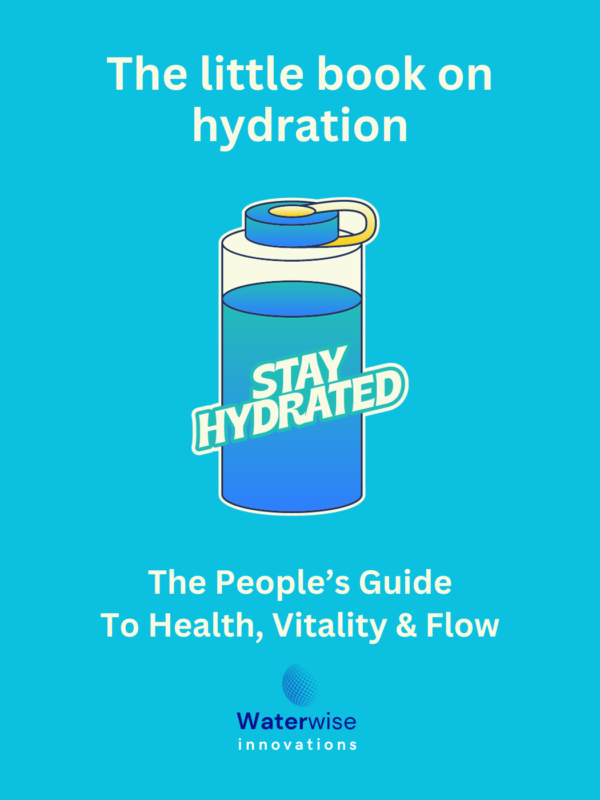
The Little Book on Hydration: The People’s Guide To Health, Vitality & Flow (Audiobook)
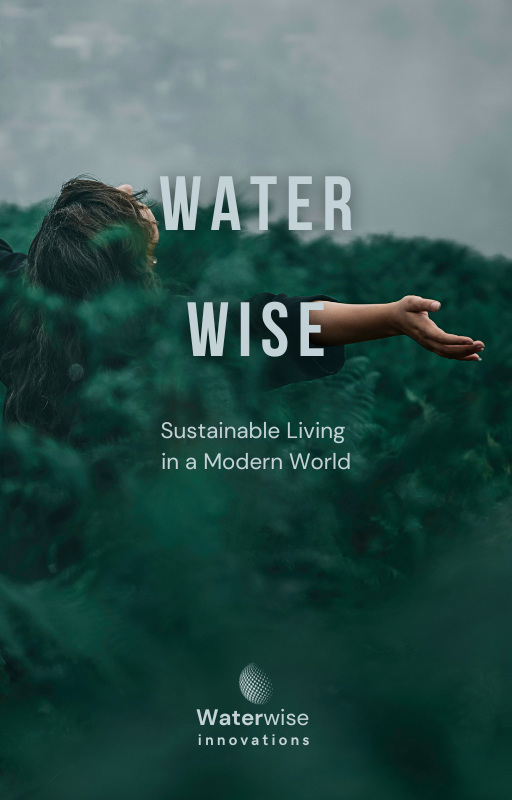
Water Wise: Sustainable Living in a Modern World
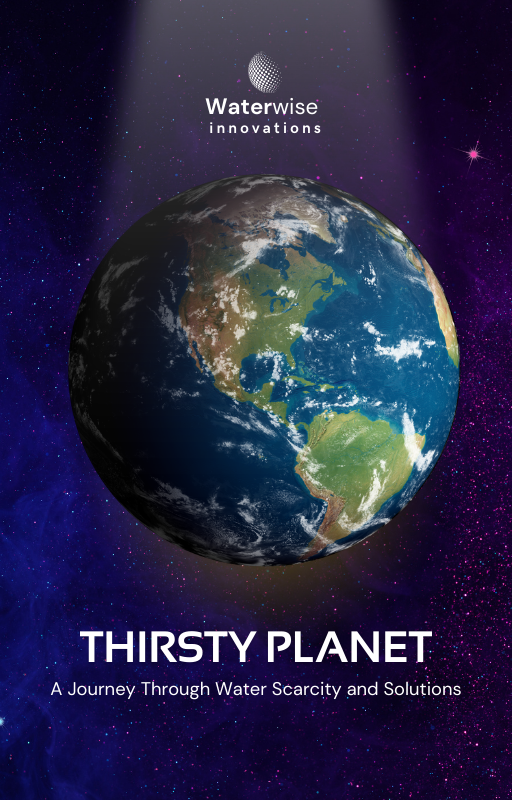
Thirsty Planet: A Journey Through Water Scarcity and Solutions

Atmospheric Water Generators: And How to Build One
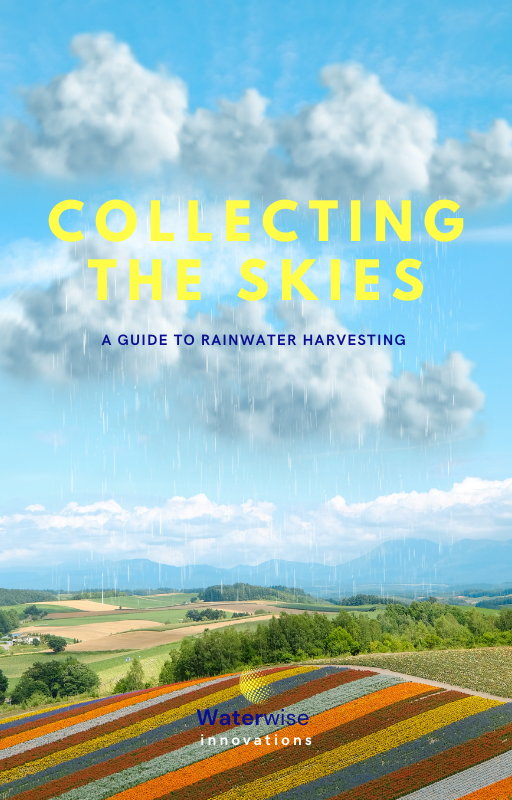
Collecting the Skies: A Guide to Rainwater Harvesting
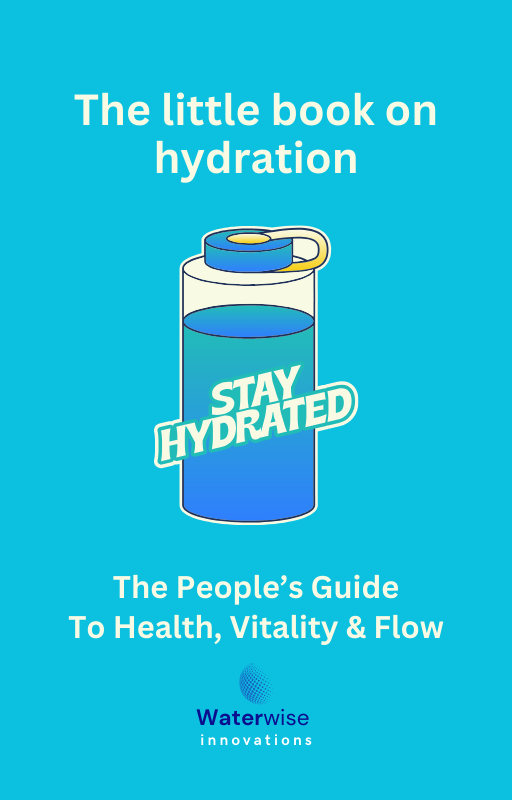
The Little Book on Hydration: The People’s Guide To Health, Vitality & Flow
Reviews of San Fransisco Water Management
There are no reviews yet. Be the first one to write one.
There are no reviews yet. Be the first one to write one.

